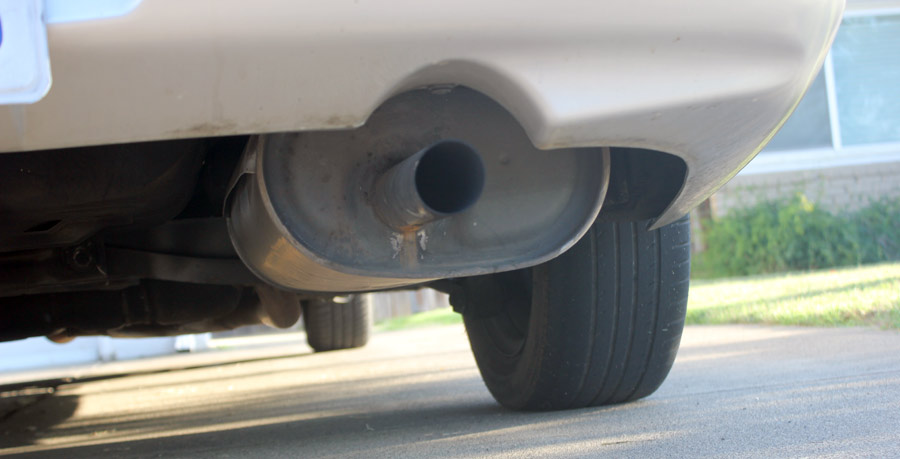How to Lower your Car's NOx Emissions and Pass Smog Check
I lowered my NOx emmisions by 234 PPM
By Rob Cockerham |
Last May, I got ready to sell my car, but wasn’t able to get past the planning stage because I’d have to pass California Smog Check in able to sell it. CA Smog Check tests five things: %CO2, %O2, Hydrocarbons, Carbon Monoxide and Nitrogen Oxide.
A little shop known as a Smog Check Station tested my car running on a dynometer at 15mph and 25 mph. It was tested below all the emission maximums, except for when it came to Nitrogen Oxide. Where the legal limit for NOx emmision at 15mph is 459 parts per million, my car was putting out 583 parts per million. This was a FAIL, which meant that I had to take action to fix this car, so that it polluted less.
High Nitrogen Oxide readings reveal a “too lean” combustion situation, where too much air and not enough fuel are making it into the piston cylinder for burning. This can result in an unusually hot combustion, which creates the unwanted NO. NOx is created when the engine temperature is above 2500 F.
My immediate reaction was “oh crap, now I have to buy a new catalytic converter. They are so expensive, and this car has two, and I won’t even be allowed to install it myself, crap.” But I didn’t really know if buying a catalytic converter was the correct solution. Was there anything else I could do? Unfortunately, the sensitive test equipment is only available at Smog Check stations, so I’d need to check my results with another $60 test every time I tried something new.

I figured I would try a few things on my own first, then splurge for a mechanic’s fix on the second try. On the other hand, every cheap fix felt like it might be a complete waste of money.
Here’s what I fixed:
1. I changed the spark plugs. These cost about $8 and only took about 15 minutes to swap out for new. Spark plugs have a reputation for being AMAZING at sparking when then are new, but then settle in as a little less sparky as they get old. Anyway, they were cheap, so why not?
2. I ran a tank of Supreme higher-octane gasoline through the car. I read something about high-octane gas dissolving or cleaning deposits or some crap, so I tried this.
3. I fixed a wheel bearing. I had one wheel grinding a little. I had read some Smog Check advice that advised making sure your tires are properly inflated, and maybe even OVER inflated to help with the dynometer test. Because the engine is actually pushing the wheels when tested at 15 and 25 mph, any resistance to the wheels running smoothly is making the engine work harder, and that’s likely to make the emissions higher. This was a lot of work because I had never changed a wheel bearing, but the car needed it, so I can’t blame smog check. On the other hand, if I couldn’t get the car to pass smog, I wouldn’t be able to register or sell the car, so the new bearing would be money and time wasted.
4. I sped around for 20 minutes on the freeway on the way to the smog check. This heated up the car, the catalytic converter, then engine, the suspension, the interior, eveyrthing was hot. Maybe this hurt the test, or maybe this helped. Who knows?
Great news! Something worked, because I passed the test!
A few months later I was back at smog check, and my NO score at 15 mph dropped from 583 ppm (parts per million) to 349 ppm! This was below the legally mandated 459ppm maximum! I passed! Now I can sell the car…. Or drive it myself, or stash a treasure chest in the trunk…
RPM |
O2 |
Hydrocarbons |
CO |
NOx |
||
| 15 MPH | First Test | 1904 | 15.2 |
8 | .06 |
583 (too high by 124) |
Second Test |
1840 | 15.1 |
34 (higher, but still legal) | .09 |
349 (fixed!) | |
| 25 MPH | First Test | 1880 | 15.2 |
7 | .06 |
487 (fine) |
Second Test |
1852 | 15.1 |
18 (higher, but still legal) | .07 |
317 |



